As of late, farming simulation games seem to have been increasing in popularity, or have they always been popular and I’ve only just realised this? Either way, it is a bit odd that some gamers, myself included, crave the sort of game that simulates the hard work of farming. I suppose when you get to see your efforts grow to fruition fairly quickly without the actual physical input, farming can be pretty fun, even for the laziest individual… why are you staring at me?
Harvest Moon: One World is yet another entry into the genre. Not only that, but it is also the first new game in the series (not to be confused with Story of Seasons) for quite some time. Does the title bear the fruits of Natsume’s labour, or does barn cleanup sound more appetising? Find out in our review, after the break!

Harvest Moon: One World
Nintendo Switch and PlayStation 4
Developed by Natsume
Published by Rising Star Games
Released: 2nd March 2021
Nintendo Switch digital copy provided by Nintendo UK
Imagine a world that has forgotten about the many diverse wonders of fruit and veg, a world that is ultimately ruled by the potato, that’s essentially where you begin your story in Harvest Moon: One World… though instead of being dominated by giant spuddy monsters, the potato is the only known crop left in existence; it’s basically the same thing! Deviations aside, hardly anyone else in this cruel world knows the existence of any crops other than potatoes. As delicious and versatile as the root vegetable can be, I could imagine food choices becoming boring very quickly.
Thankfully you, the main star of this story, is obsessed with a farming book, a special piece of prose that details the many wonders of farming and crops. After meeting Vitae, the Harvest Spirit of life, you soon discover that the reason why many different crops have phased out of existence is due to the Harvest Goddess’ mysterious vanishing a long time ago. It is up to you and your new friend to revive the goddess to bring back many wondrous crops and help your ‘many’ new friends along the way too.
Similar to other farming sims out there, your main objective is to live the life of a farmer. Grow some crops, tend to your animals, sell your produce, and help your friends with their problems and requests. All these tasks are relatively easy and require little effort, some may even say the whole process is fairly therapeutic. To even consider growing any crops, you’ll first have to till some soil. There are many predetermined plots of soil scattered across the world, so don’t go thinking about cultivating an army of beets in the middle of a pathway. Next, just plant some seeds in the tilled soil, water them every day, and soon enough you’ll have some crops ready for the harvest. Certain seeds are recommended to be planted during specific seasons or in certain environments to grow successfully. You can, of course, use fertiliser to give it a better chance of survival, though sometimes you can grow some cool hybrids outside of its comfort area, so it’s worth experimenting a bit. You can either sell them directly to the local shops, or you can deposit them in your trading box and receive your bounty the next morning.

Unlike other farming games, you can’t just purchase seeds from the store, I mean, have you already forgotten that crops other than potatoes no longer exist? Instead, you’ll have to rely on some good ol’ RNG and grab some from the various Harvest Wisps wandering around the world. Though this is a very unique way to collect seeds, I can’t begin to explain how tedious the process can be. Harvest Wisps don’t seem to regenerate throughout the day, so once you grab seeds from that wisp you’ll have to wait until the next day to grab some more. There was one story quest where I had to collect about eight wheat seeds but only two seem to generate per day from the same area, forcing me to pass through several days to actually hand over some wheat, even then sometimes only one seed would generate. I honestly would much rather just purchasing the seeds from the store… at the very least let me produce seeds from my crops like you can in Stardew Valley. At least the in-game maps lets you tag up to three different types of seed at a time to make the search a little bearable.
Whether you’re tilling fields using your hoe, chopping down a tree with an axe, or even just taking a nice seaside stroll, every action will drain your stamina meter. When the meter runs out, you will faint and get sent back home. At the beginning of the game, you only start with three hearts, though you’ll be able to expand this further as you progress through the story. The stamina gauge didn’t really cause too many issues at the start of the game, though once I started to unlock more towns, it started to become more problematic. Travelling between some of the connected towns can take a fair amount of time, enough to deplete an entire heart of energy. To make matters worse, there’s really little else to do during these walks other than collecting seeds; if I wanted to play a walking simulator I would be playing Death Stranding. The struggle can be eased however by purchasing your very own horse or camel, allowing for faster travel, though even then it took me about eight to ten hours of playing to actually afford one. Luckily, you do unlock the ‘Memory Portal’ for each town once the relevant story quest has been completed, letting you fast travel around the vast and empty world in an instant. In addition to this, your farm has a very cool feature that lets you shrink and expand it, allowing you to redeploy your home in another suitable location; think of it like a portable fast travel location!

While on your adventure you’ll encounter five different towns that have their own unique climate and fauna, along with their own set of unique problems. As nice as some of these places look, I can’t help but feel that these areas are pretty barren and poorly designed; one of the towns is basically a whole bunch of windy roads. Yes, there are people, but not very many and, for the most part, the game doesn’t actually encourage you to talk to them unless you’re fulfilling their requests (which you’ll randomly receive in the mail some mornings). Other than that, there is very little substance to most conversations you have around town which gave me very little reason to care about them. Matters aren’t made easier when the majority of NPCs remain unnamed, I mean, who could forget the ‘Awkward Man’ and his quest for flowers, or how the ‘Thoughtful Woman’ got a craving for five bundles of asparagus.
There are a few named NPCs about, most of them are also eligible for marriage, though it seems this is only the case if they are of the opposite sex to your character, which is a bit of a shame… I would kill for the option to marry that stud, Braden, or the dapper dressed gentleman known as Tristan. It should be noted that marriage is an extremely lengthy and expensive process (much like in real life), so much so that… I haven’t actually gotten there yet! Raising your chosen bachelor/bachelorette’s relationship level is pretty simple, just gift them crops and such to raise their heart level(extra bonuses if you gift something they like). From there, you are then required to expand your home a couple of times, revive the Harvest Goddess, gather several rarities, and more; I may as well just sacrifice my firstborn at this rate.
Other than farming and not speaking to unnamed villagers, there are still a few other things you can do. Every season hosts a couple of different festivals or competitions, such as the fishing tournament or the titular Harvest Moon festival. These offer a good opportunity to deviate from the usual grind to do something a little different. It’s worth noting that each one does need to be unlocked through specific requests. There are also a couple of mines situated around the world, allowing you to gather special materials for, guess what, even more requests. Unfortunately, the mines are pretty bland, not much is there other than ores to mine, ladders to climb, and stamina to lose. You can also choose to take on the many requests of various unnamed villagers, though these primarily involve having to grow a certain number of crops and delivering them… this got repetitive quickly!

I mentioned earlier that each down has its own set of problems, these can be resolved by playing through their story quests, and unlike requests, these can actually get a little interesting and probably is the only time the game delves deeper into any of the characters or lore. One town, for example, has been struggling to catch any fish. You soon find out that this is because a recent plot of land has been completely deforested. Due to the lack of trees, the local seas haven’t been able to absorb enough nutrients to sustain the organisms that attract fish to the nearby waters. Though not much has gone into the scientific explanation of the issue in-game, this is actually based on what can happen in real life; removing a producer from an ecosystem will cause a cascade of issues further up the food chain. I found that a lot of the story revolves around the synchronous relationship between man and nature, something I can fully get behind!
Aesthetically, One World looks okay. The game and character designs look pretty cute, my favourite being that of the Harvest Spirits, but it isn’t anything to write home about, especially when bundled with the title’s barrage of performance issues. I’m usually not one to talk about framerates, but when someone as inexperienced as I notices the frequent drop of FPS, you know your game has got some issues; almost every other step seems to come with an FPS drop. The kick in the teeth? I, like many others, got our review copy on launch day, and a month later there is still no word on whether this is something that Natsume is looking into fixing. In addition to these drops, there are also moments where the music stutters when transitioning between areas, and the game will often struggle to load areas quick enough so there will be moments of black space where the rest of the game should be (see the below screenshot). It could be assumed that a lot of these issues are due to the entire world being connected without any loading screens or transitions, but let me remind you that games such as Breath of the Wild also have these open worlds without nearly as many issues. Oh, did I also mention the game takes about two minutes to launch into the title screen?

I really want to like Harvest Moon: One World. Issues aside, it can be a relaxing little farming sim, but there are way too many problems to ignore, from the vast emptiness of the world and characters to the game actually struggling to run somewhat decently; there’s not enough fertiliser in the world that could make this title the cream of the crop. The review has generally been difficult to write due to the fact that I rarely felt motivated to come back to the game. If you are someone who just wants a farming sim to not take too seriously or to just waste a bit of time, maybe its worth finding a good bargain for the game, but if you’re looking for something that has more depth and character building, then I definitely would not recommend Harvest Moon: One World.
Final Rating – 1.5 out of 5
Harvest Moon: One World is out now for Nintendo Switch and PlayStation 4.
I am a huge Nintendo fan, hence why NintyBuzz exists. I especially love all things Zelda and Metroid. NintyBuzz was started by me back in the Summer of 2014, it started out mainly as a hobby, though the site has gradually grown, and I hope it grows for many years to come!


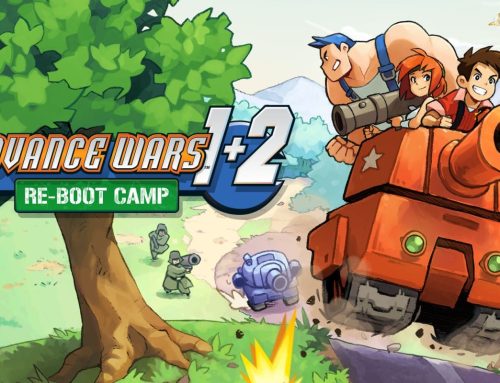
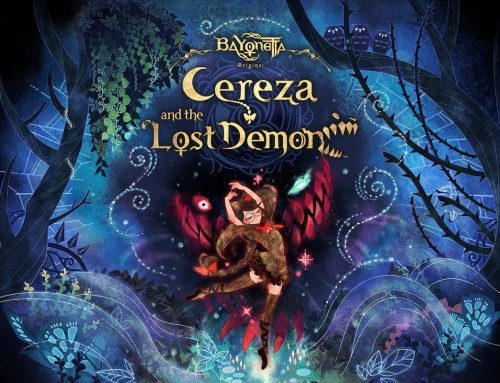
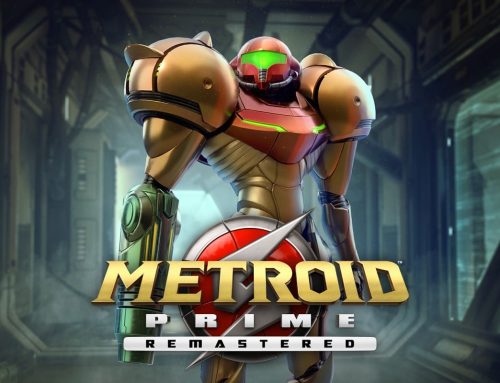
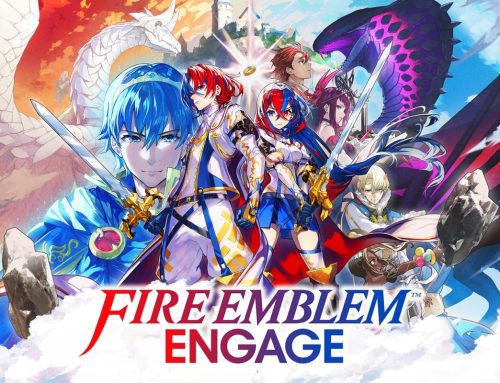
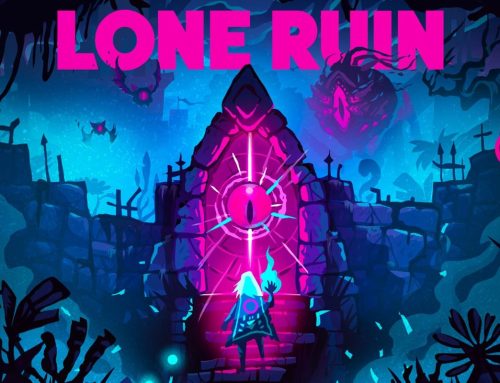
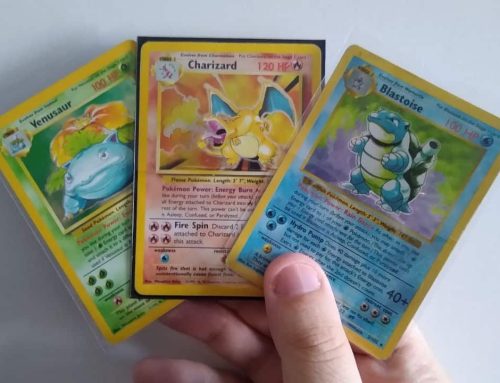
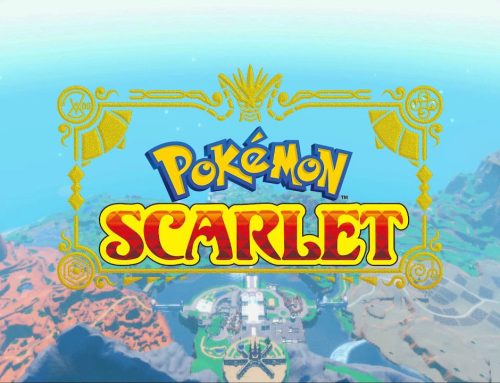
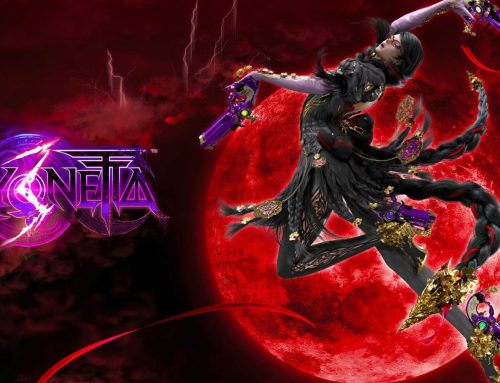
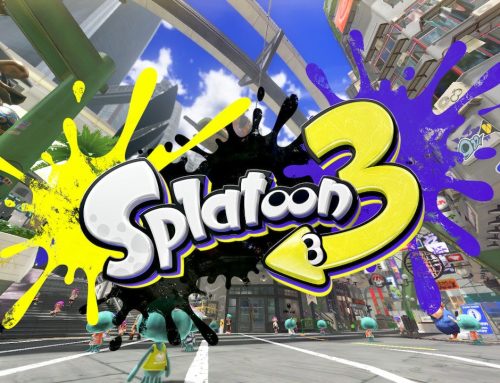

Leave A Comment
You must be logged in to post a comment.